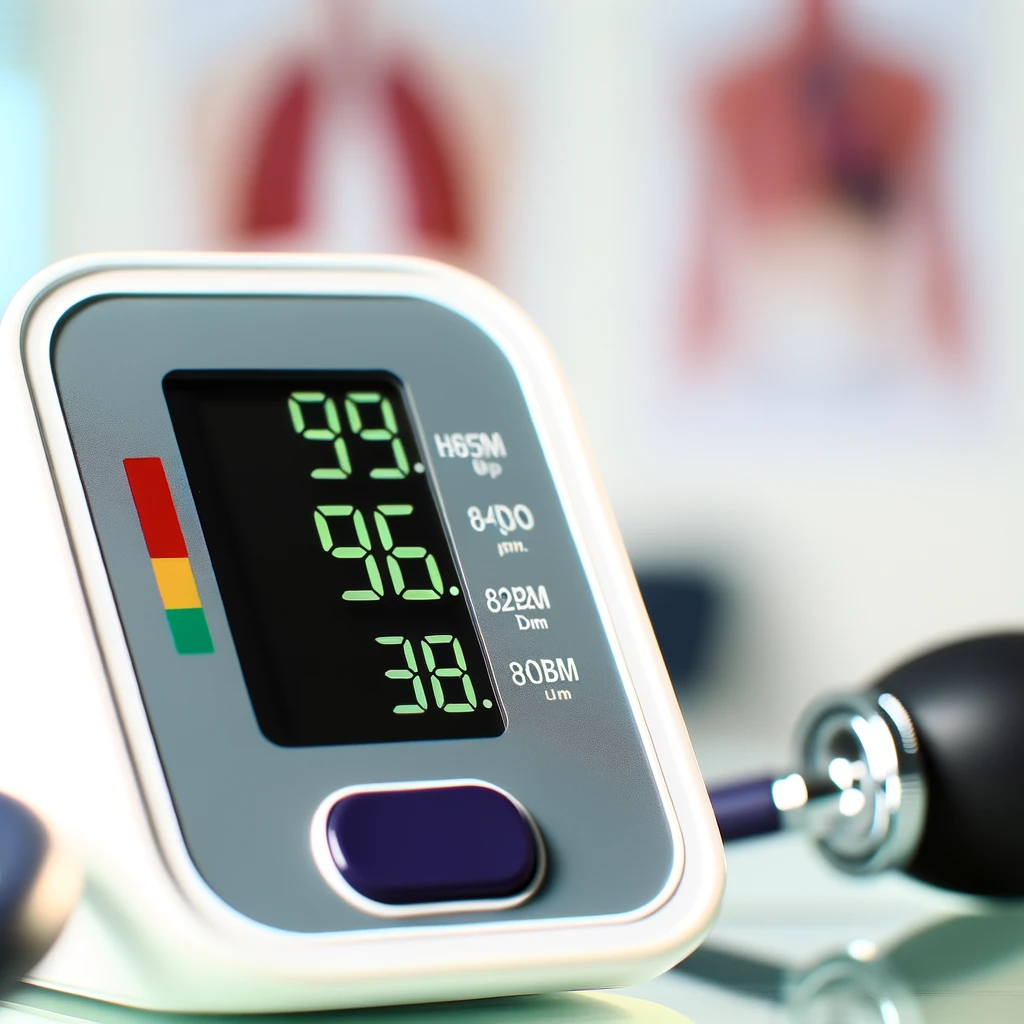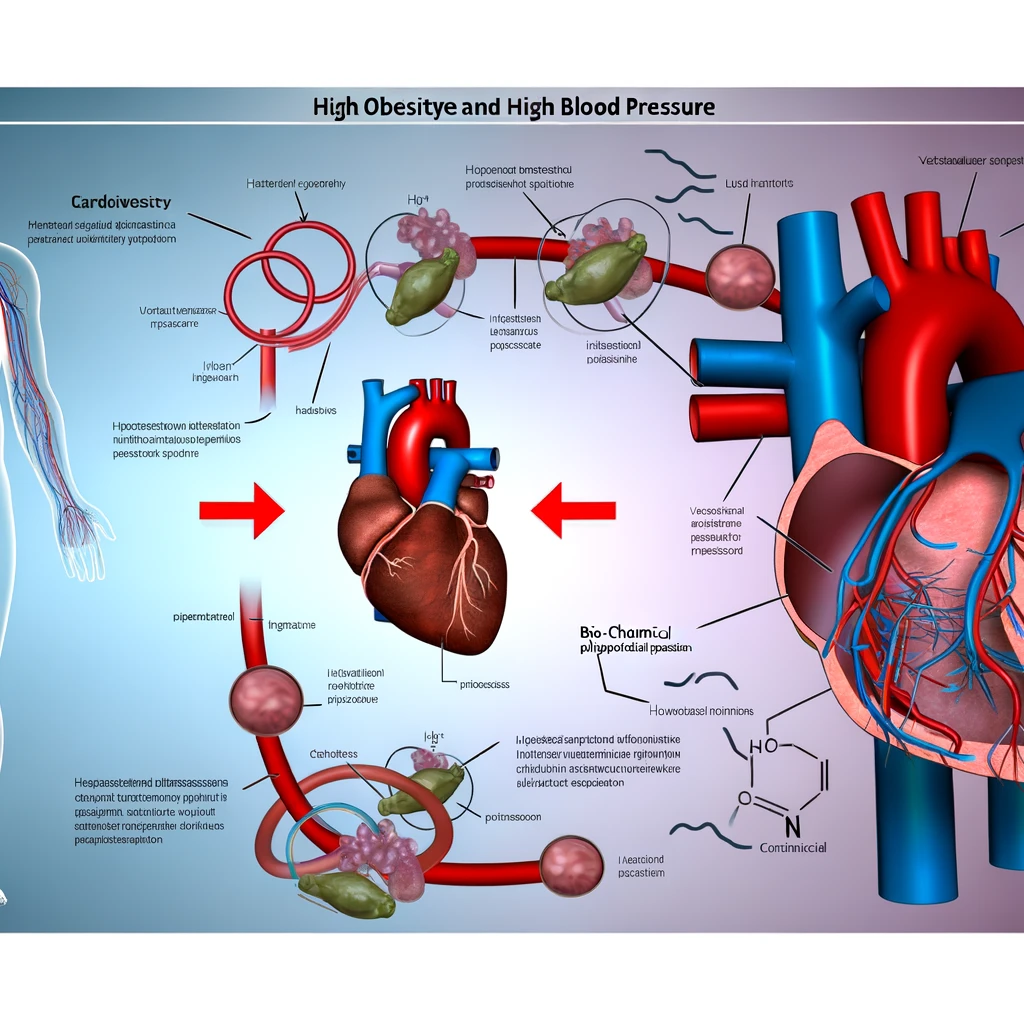
Blood Pressure Goals: How to Set and Achieve Them
Maintaining optimal blood pressure is crucial for overall health and well-being. High blood pressure, or hypertension, can lead to serious health problems such as heart disease, stroke, and kidney failure. However, with the right strategies, you can set realistic blood pressure goals and achieve them effectively.
Understanding Blood Pressure
Blood pressure is the force of your blood pushing against the walls of your arteries. It is measured in millimeters of mercury (mmHg) and recorded as two numbers: systolic pressure (when your heart beats) over diastolic pressure (when your heart rests between beats). Normal blood pressure is typically considered to be around 120/80 mmHg.
Why Blood Pressure Matters
High blood pressure, often termed the 'silent killer' because it typically has no symptoms, can damage your arteries, heart, and other organs over time. Regular monitoring and management are crucial to prevent these adverse effects.
Setting Blood Pressure Goals
Setting blood pressure goals should be a personalized process based on your overall health, age, and risk factors. Here are some steps to guide you:
- Consult with Your Healthcare Provider: Before setting goals, it's essential to discuss with your doctor what a healthy blood pressure target is for you.
- Understand Your Numbers: Know what your current blood pressure is and understand what the numbers mean.
- Set Realistic Goals: Aim for gradual improvements rather than drastic changes. A 5-10% reduction can significantly impact your health.
Strategies to Achieve Your Blood Pressure Goals
Adopt a Healthy Diet
Consuming a balanced diet rich in fruits, vegetables, whole grains, and lean proteins can help lower blood pressure. The DASH (Dietary Approaches to Stop Hypertension) diet is specifically designed to help manage blood pressure.
Maintain a Healthy Weight
Losing even a small amount of weight if you're overweight can help reduce your blood pressure. Aim for a healthy Body Mass Index (BMI) and focus on sustainable weight loss strategies.
Exercise Regularly
Engaging in regular physical activity, such as 150 minutes of moderate aerobic exercise per week, can significantly lower your blood pressure. Activities like walking, cycling, and swimming are excellent choices.
Limit Alcohol and Quit Smoking
Excessive alcohol consumption and smoking can raise your blood pressure. Reducing alcohol intake and quitting smoking can improve your blood pressure and overall cardiovascular health.
Manage Stress
Chronic stress may contribute to high blood pressure. Techniques such as deep breathing, meditation, and yoga can help manage stress effectively.
Regular Monitoring and Follow-Up
Once you set your blood pressure goals, regular monitoring is essential. Home blood pressure monitors can help track your progress. Keep a log and share it with your healthcare provider during follow-ups.
Conclusion
Setting and achieving blood pressure goals require a combination of lifestyle changes and regular monitoring. By understanding your blood pressure and implementing the strategies mentioned above, you can take significant steps towards better health and reduce your risk of hypertension-related complications.
Related Articles




